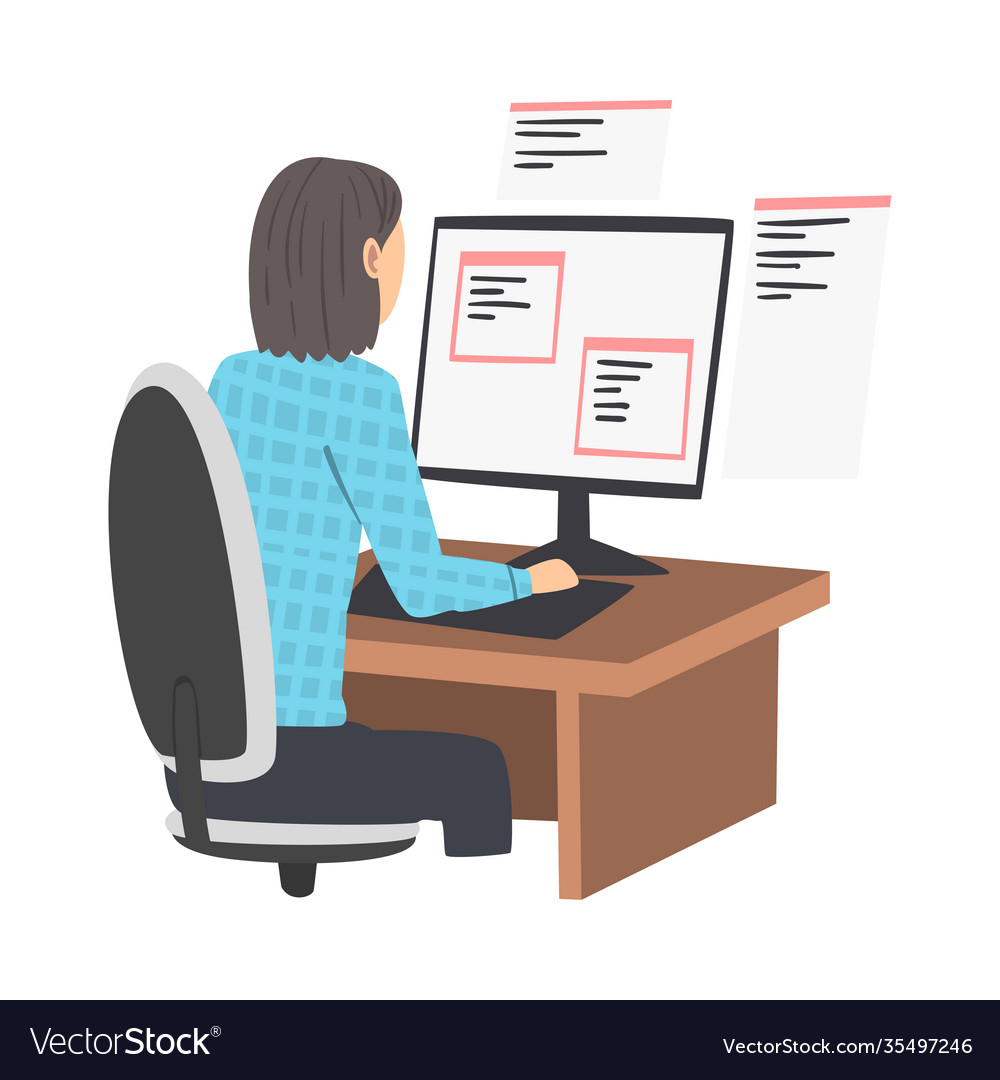Devoted Developers vs. In-House Teams: Which Is Right for You?
The decision in between using devoted programmers and maintaining an in-house team is a considerable one that can impact the trajectory of your tasks and overall business method. On the other hand, in-house groups add to a natural business culture and a nuanced understanding of long-term goals.
Comprehending Committed Programmers
The expanding demand for specialized abilities in the tech industry has actually led to the emergence of dedicated programmers as a feasible service for lots of companies. These specialists are commonly gotten on a task basis, enabling business to take advantage of certain knowledge without the long-term commitment related to full time hires. Committed designers are typically embedded within a customer's team, providing flexibility and scalability to meet project requirements.
This version permits companies to access a worldwide talent swimming pool, which is especially beneficial in a quickly evolving technological landscape. Committed developers can be sourced from different geographical areas, guaranteeing that business can discover the right capability at competitive prices. They commonly bring a riches of experience and knowledge, having actually serviced varied tasks throughout different sectors.
In addition, dedicated designers can concentrate specifically on the jobs available, improving performance and efficiency. They are furnished to integrate perfectly right into existing operations, teaming up closely with internal groups to attain project objectives. This technique not only reduces the burden of recruitment and training yet also allows organizations to remain nimble, adapting rapidly to changing market demands and technological innovations.
Benefits of In-House Teams

Furthermore, internal teams tend to have a deeper understanding of the firm's goal, worths, and objectives. This positioning can enhance employee engagement and inspiration, as employee feel much more connected to their job and the organization's success. Furthermore, having a devoted internal team enables far better alignment of techniques and objectives, as these participants are consistently concentrated on the business's priorities.
Internal groups likewise assist in quicker decision-making procedures, as they can react more swiftly to changes and difficulties. The well established connections and familiarity with company methods enable for streamlined workflows and minimized miscommunication. Ultimately, the combination of a natural society, positioning with organizational goals, and efficient interaction makes in-house teams an important asset for several companies, specifically those looking to grow long-term development and advancement.
Cost Factors To Consider
When examining expense factors to consider, both committed designers and internal groups present unique economic ramifications for organizations. Engaging devoted programmers generally entails a pay-per-project or per hour rate design, which can be affordable for businesses with fluctuating job demands. This strategy permits for adaptability in scaling resources up or down, making sure that business just spend for the solutions they require.
In comparison, internal teams entail taken care of costs, consisting of incomes, advantages, and overhead expenses such as office and devices. While this design uses greater control and instant accessibility of resources, it might cause higher long-lasting expenditures, particularly if the workload does not justify a permanent team.
Additionally, companies should consider the hidden expenses connected with employment and training of internal employees, which can additionally strain budgets. In some instances, the moment and resources invested on handling an internal team can take away from the organization's core organization goals.

Project Monitoring and Flexibility
Job management and versatility are important aspects that influence the option in between dedicated programmers and in-house groups. Devoted teams frequently have established processes for managing tasks effectively, leveraging particular techniques like Agile or Scrum, which facilitate repetitive progression and versatility.

Eventually, the choice dedicated development team between in-house teams and committed developers rests on the desired degree of adaptability and the certain project management requirements. Business need to review their functional dynamics, task complexity, and source schedule to figure out which alternative lines up finest with their critical objectives.
Making the Right Choice
Choosing the best advancement technique-- internal teams or specialized designers-- calls for a mindful analysis of numerous factors that align with a firm's critical goals. offshore software development. Consider the nature of the project. Devoted programmers might be a lot more suitable if it requires specialized skills or a fast scale-up. Conversely, in-house teams can provide far better connection and integration with existing personnel.
Next, review your spending plan. Dedicated programmers often offer an affordable service for short-term tasks, while internal groups may incur greater long-term expenses because of wages, benefits, and overhead expenses. Assess the degree of control and collaboration desired; internal groups usually cultivate stronger interaction and positioning with firm culture.
Furthermore, consider the moment framework. If prompt results are necessary, specialized designers can be onboarded swiftly, whereas developing an in-house team requires time for employment and training. Evaluate the long-term vision of your company. Spending in an internal team might yield better returns over time if continuous development is crucial. Inevitably, the decision pivots on a complete evaluation of these factors, ensuring placement with your business's functional demands and total purposes.
Conclusion
In final thought, the choice in between committed programmers and in-house groups pivots on task requirements and business purposes. On the other hand, in-house teams cultivate a natural culture and deeper positioning with long-term objectives.
The decision in between utilizing committed designers and keeping an internal group is a substantial one that can influence the trajectory of your jobs and overall business technique.Job monitoring and adaptability are important aspects that influence the option between internal teams and dedicated designers. software development partner.In contrast, internal teams may excel in keeping a consistent project monitoring structure due to their experience with the company's society and long-term goals. Dedicated designers typically offer a cost-efficient option for temporary projects, while internal teams may sustain higher lasting expenditures due to wages, benefits, and overhead costs.In final thought, the choice between specialized designers and internal teams hinges on project requirements and business objectives